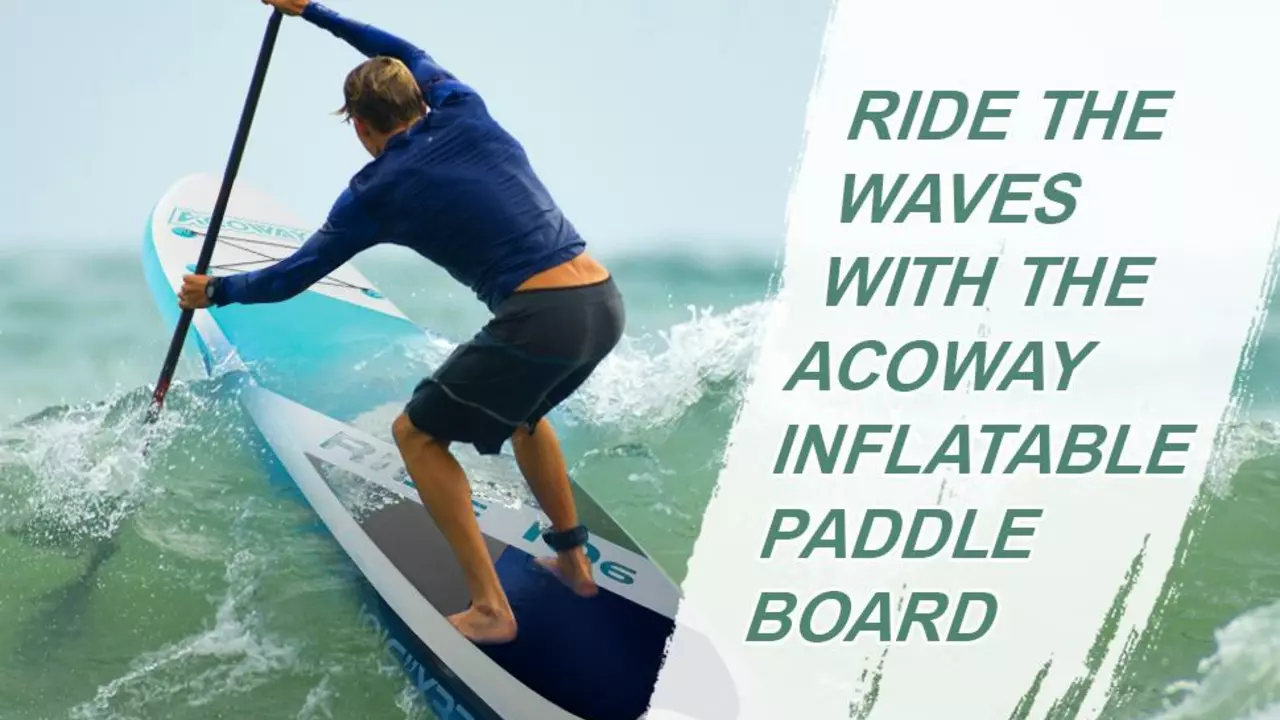Paddle Board Guide – All the Basics You Need to Get on the Water
If you’ve ever watched someone glide across a lake on a long, sleek board and thought, "I want to try that," you’re in the right place. This guide walks you through the first steps, the gear you really need, and a few tricks to keep you confident on your board. No jargon, just plain advice you can Act on today.
Choosing the Right Board
The market is flooded with boards of every shape, size, and price. For a beginner, the biggest factors are length, width, and volume. A longer board (10‑12 ft) gives you more stability, while a wider board (32‑34 in) makes it easier to balance. Volume – the amount of space the board displaces – should match your weight; most people find a board with 180‑250 L works well for 150‑200 lb.
If you plan to travel a lot, an inflatable SUP is a smart pick. Inflate it, pack it in a backpack, and you’re ready for the next lake or beach. Modern inflatable boards are as rigid as hard boards when pumped to the right pressure, and they’re far less likely to get dinged.
Getting Started on the Water
First thing – practice on calm water. A small lake or a protected bay lets you focus on balance without fighting waves. Start by kneeling on the board, locate the center point, and then stand up using the “step‑up” method: place one foot on the board, push up with your hands, then bring the other foot up quickly.
Keep your stance shoulder‑width apart, knees bent, and eyes forward. Your feet should sit near the board’s rail – not too far forward or you’ll tip. A slight lean on the toes will help you steer; shift weight to the heels to turn the other way. Don’t be afraid to wobble – it’s how you learn.
Safety basics are simple but crucial. Wear a leash that attaches to your ankle so the board doesn’t drift away if you fall. A life jacket is a good idea, especially in open water or if you’re not a strong swimmer. Check the weather before you head out; wind and tide can turn a gentle paddle into a tough workout.
Maintenance keeps your board ready for the next session. Rinse it with fresh water after every use to wash away salt or sand. For inflatable boards, store them out of direct sunlight and deflate them before packing. Hard boards benefit from a quick wipe down and a glance at the deck for cracks.
Now you have the core steps: pick a stable board, practice your stance on calm water, use a leash, and look after your gear. With these basics under your belt, you’ll be paddling longer, exploring new spots, and maybe even trying a few tricks. The water is waiting – go have some fun!"
How to build a paddle board?
Building a paddle board is a rewarding process that requires some woodworking skills and patience. The first step is to select the right materials, typically lightweight, durable wood. Then, you need to cut and shape the wood in the desired paddle board design, taking care to ensure stability and buoyancy. The board is then assembled using strong adhesive and screws if necessary. Lastly, it's important to seal the board with a waterproof finish to protect it from water damage.
